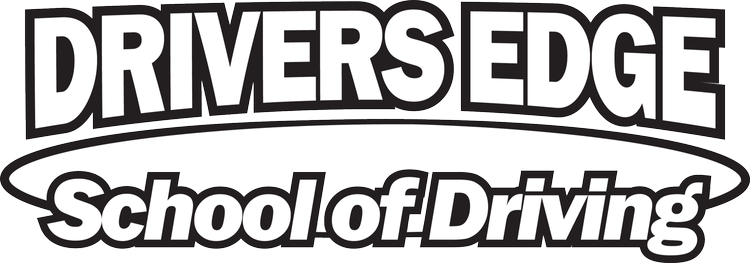“What is Defensive Driving”
The term defensive driving is frequently talked about as how one should drive, but the concept of defensive driving is often unclear. Defensive driving describes the practice of anticipating dangerous situations, despite adverse conditions or the mistakes of others. It goes beyond road rules and into the basic mechanics of driving techniques. In this blog, we will lay out some of the key components of defensive driving.
Be Prepared: One should know how and be comfortable with driving to their desired destination in the conditions of the road. Be prepared for the weather, traffic conditions, and time spent on the road. Be prepared by driving with good positioning and posture. Being alert and prepared will allow you to follow the rest of the components of defensive driving.
Be Alert: A major part of defensive driving and driving in general is being able to pay attention to the road and react. Do not drive under the influence of drugs, alcohol, or medication. Avoid driving tired or when you are not in the right head space. Limit things that might distract you from the road like your phone or food.
Scan Surroundings and Predict Risks: To be a good driver, it is crucial that you can see and comprehend more than just the car in front of you. You should be aware of your surroundings and look ahead for potential hazards like slower-moving vehicles, construction zones, downed trees, or turtles. It is also important to use your mirrors and recognize what is happening behind you. Once, you have assessed the surroundings, plan for the potential risks and maneuvers that may need to be taken.
Stay Away: It is hard if not impossible to hit something that you are not around. When following a vehicle, the common rule is the 3-second rule. This rule states that a driver should be 3 seconds behind the car in front of them. Since this rule uses time, the distance you should leave is dependent on speed. In harsh weather conditions, you can add a second or two if needed. Give drivers as much space as possible. Drive in the center of your lane to allow for slight movements to the right or left within your lane if needed. When situations seem sticky or confusing up ahead allow time and space for you and the other drivers to think and maneuver safely. If you see a vehicle that appears to be driving erratically, give them space. You can only control the vehicle you are controlling.
Pass and be Passed with Care: Changing lanes and passing can cause accidents, but at times it is a necessary task. When passing, you should already know your surroundings if you have been scanning, but recheck your surroundings and indicate your agenda. If the path is clear proceed. Other drivers can not read your mind so it is important to indicate your intentions. When being passed, stay steady in your lane and allow the pass to happen. If someone is overtaking on a 2 lane road it may be necessary to slow down to allow them to re-enter the lane if the other driver misjudged the pass.
Stay Calm: It is crucial to drive with a level head. Do not get too high or too low. If you feel this way pull off the road and take a break. Often times people get angry and have what is called road rage. Even if it is for only an instance it can cause you to do dumb things, and with a 4-ton machine, those things could be deadly. If all drivers stay level-headed, they can put into practice defensive driving to reduce the risk of collisions and improve road safety.
Commenter of the Month
Comment down below things that distract you when you are driving for a chance to be our “Commenter of the Month”.
